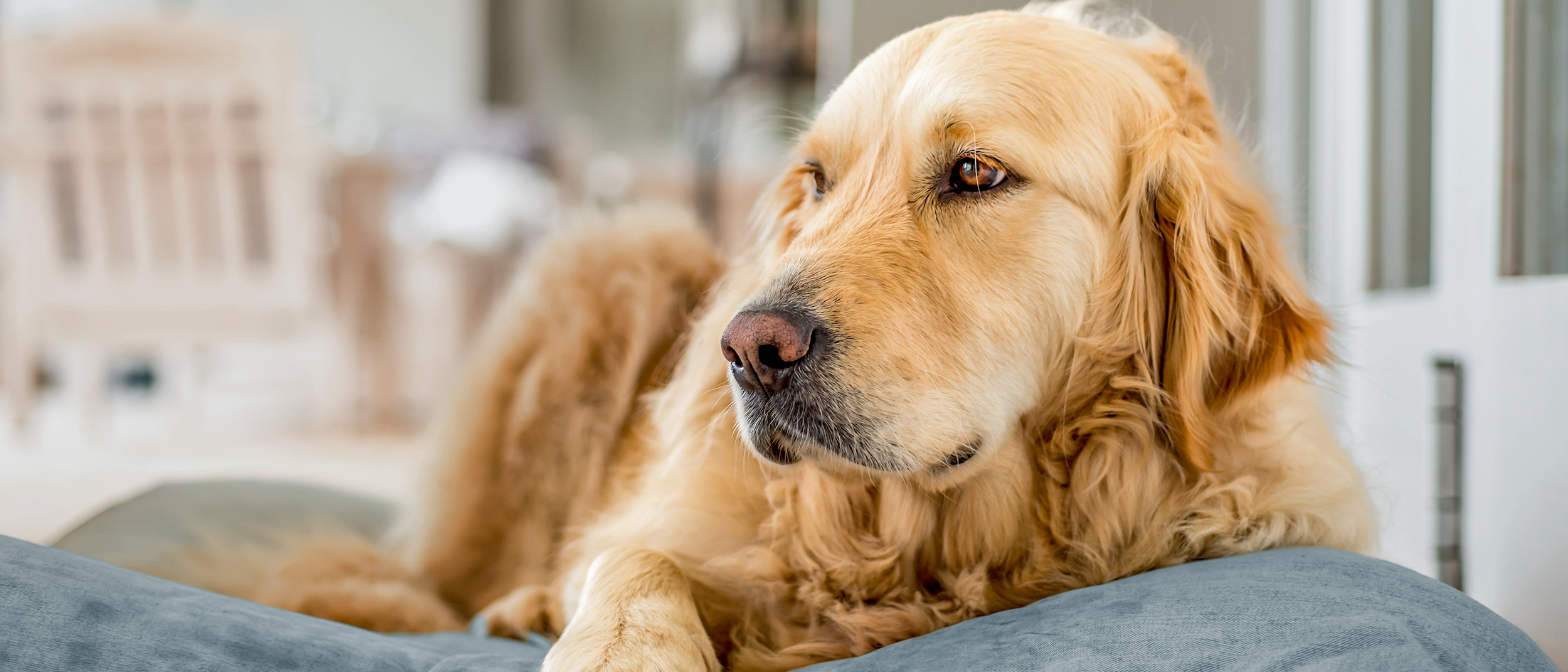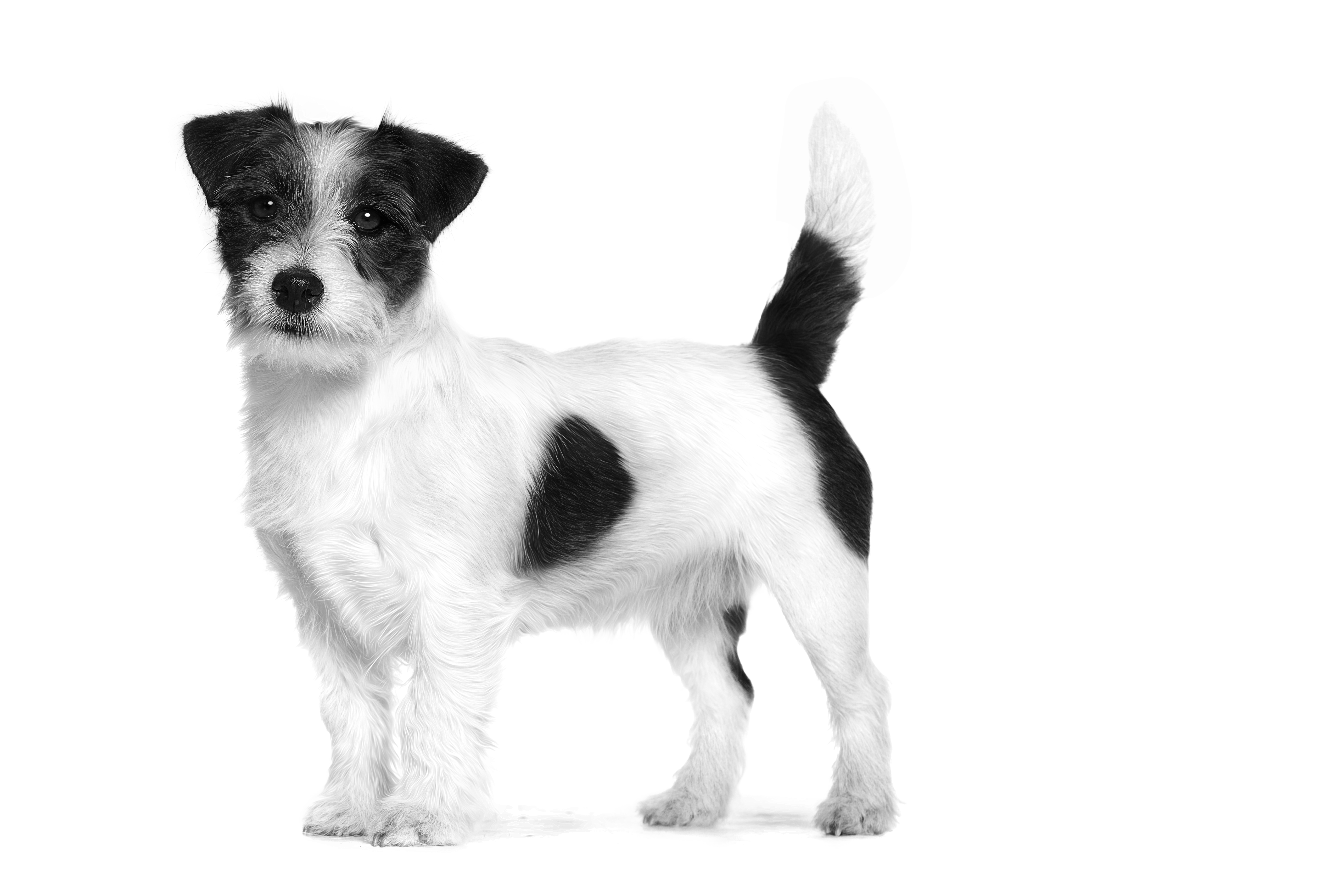Is my dog overweight?

In industrialised countries, multiple studies have shown that at least one in every five dogs is obese. This likelihood of obesity in dogs can lead to increased risk of diabetes, cardiovascular disease and arthritis, as well as many other chronic conditions. Therefore, monitoring your dog's weight and recognising when they may be overweight is crucial in making sure they don't suffer from poor health.
How likely is it that my dog is overweight?
There are certain factors which may make your dog predisposed to gaining weight and becoming obese. For example, some breeds – such as Labrador Retrievers – are more likely to gain weight than others, and in particular very small breeds are at high risk.
Female dogs are more likely to gain weight, and the frequency of obesity in dogs increases as they age. Dogs who were obese or overweight as a puppy are also more likely to become an obese adult dog than those who were a lean or healthy weight.
If your dog has been neutered, it's twice as likely to gain weight than an unneutered dog due to the hormonal changes incurred by sterilisation. Your dog's lifestyle is also a contributing factor; if they stay indoors a lot, are fed table scraps or haven't been fully socialised as a puppy, they're more likely to have a relationship with food which can lead to weight gain.

How can I tell if my dog is overweight?
The first step to understanding whether your dog is overweight is a preventative one. By weighing them regularly, recording their weight, and attending check-ups with your vet, you'll get a clearer picture of their weight gain or loss over their lifetime.
Your vet will be able to tell you your dog's ideal weight, based on its sex, breed and age. If your dog is between 15% and 20% over its ideal weight, it's classified as obese. As an example, a dog whose ideal weight is 50kg would be considered obese if it weighed 60kg.
A simple test you can do at home to work out whether your dog is overweight or obese is to try to feel its ribs through its fur and body tissue. If you can feel its ribs but they're not prominent, your dog is a healthy weight. If it's impossible for you to find and feel its ribs, then your dog is overweight.
How do overweight dogs behave?
You might also recognise your dog is overweight from a change in its behaviour. It might be lethargic and lack energy, including a lack of effort when it comes to playing games or taking physical activity. When you take your dog on walks, it may become breathless very easily or even stop attempting to walk altogether, because it's either in pain or tired. You'll also, naturally, see their physical size increase.
Your dog may exhibit particular poor behaviours around food, such as over-eating, begging for scraps, whining for treats or acting aggressively towards you at mealtimes. When establishing a weight loss plan for your dog, your vet will ask how you feed your dog and what you feed it; it's important to answer honestly, as sometimes owners can inadvertently be contributing to their dog's obesity through giving it snacks, too many treats, or leftovers.
Obesity and being overweight is a real and pressing issue among dogs, but it can be treated with the right diet and behaviour. Make sure to attend regular check-ups with your vet to monitor your dog's weight, as well as speaking to them if you notice any of the behaviours which could indicate obesity.
Related Articles

Find a vet
If you have any concerns about your dog’s health, consult a vet for professional advice.
Like & share this page